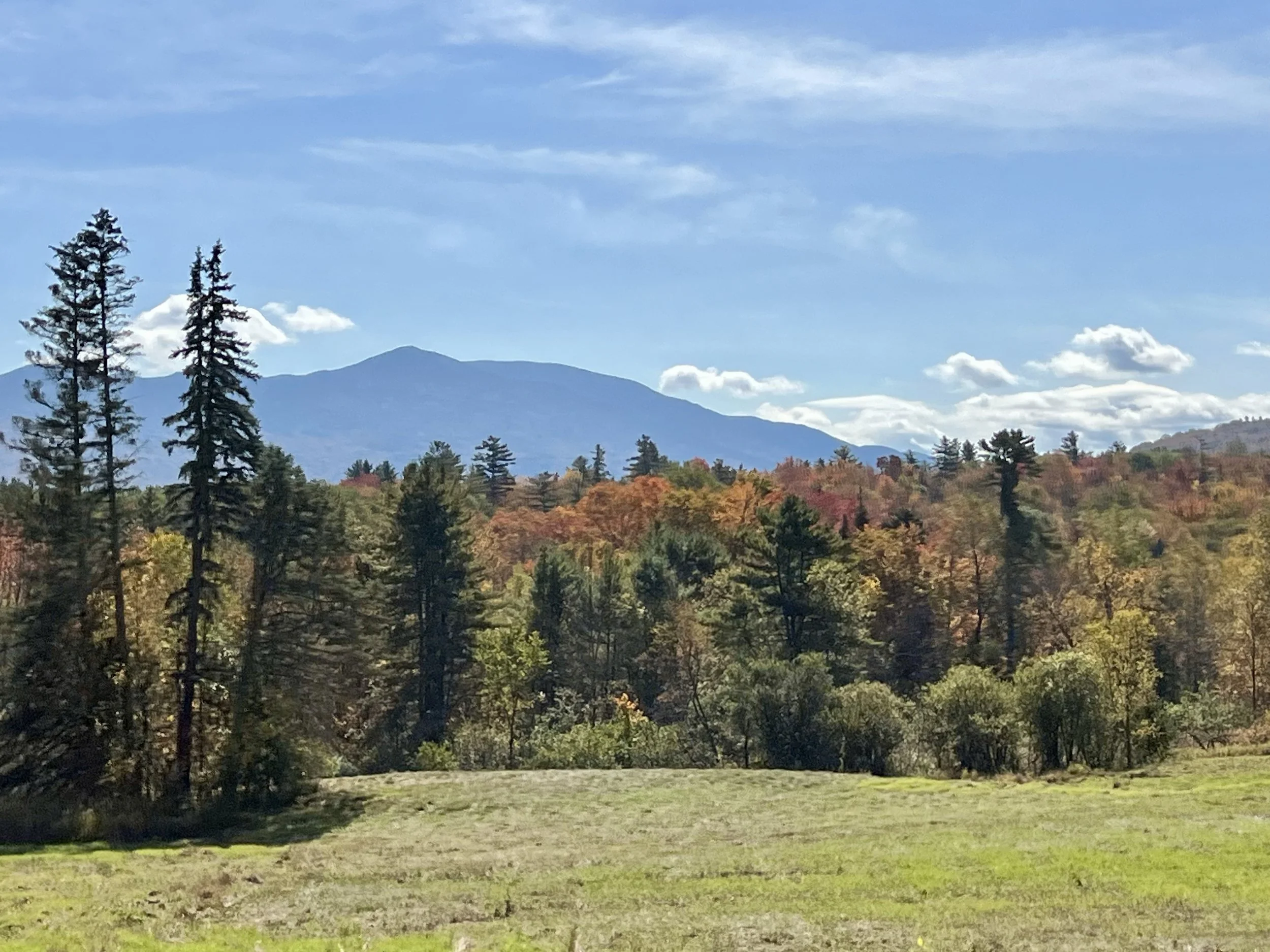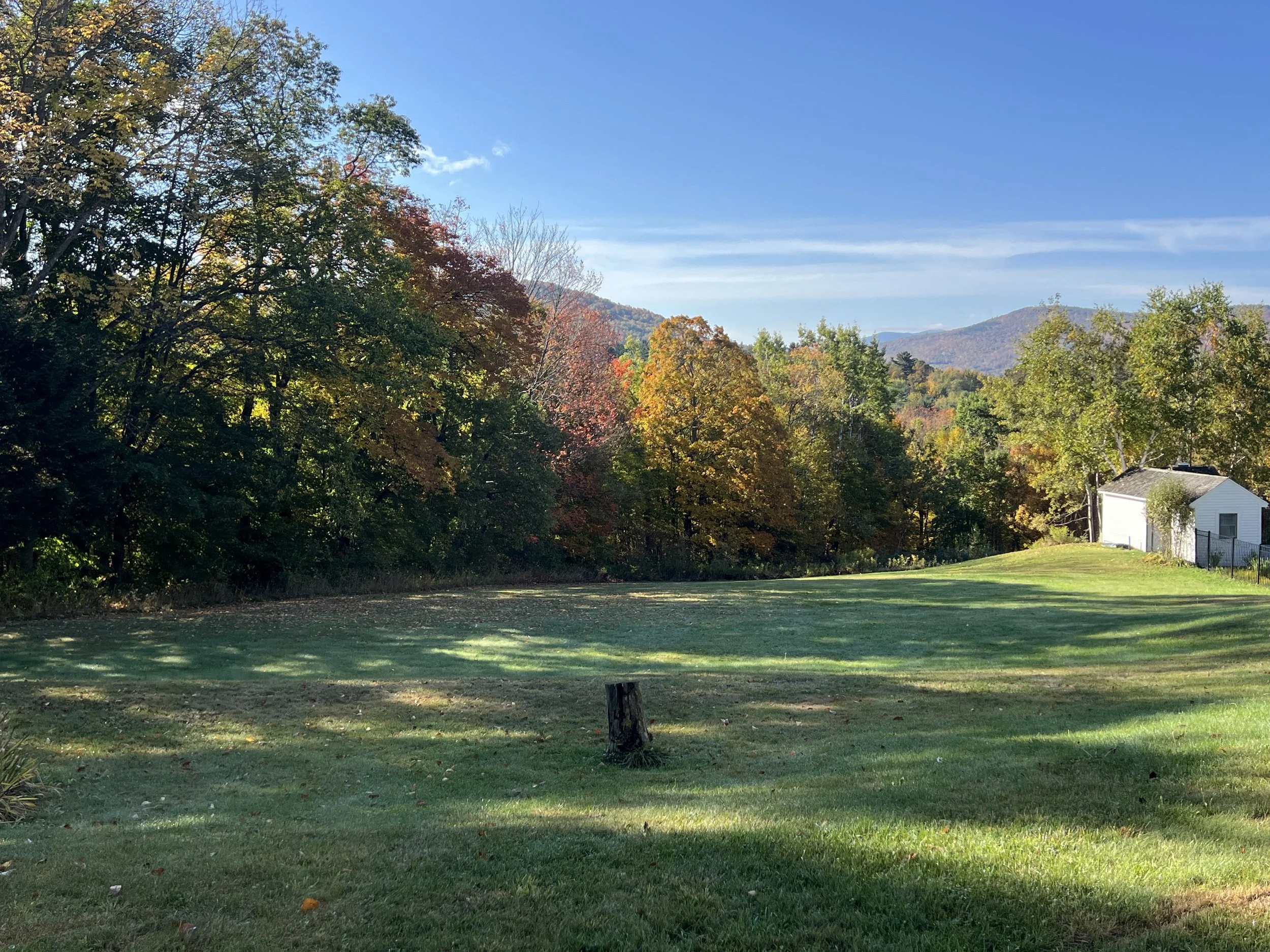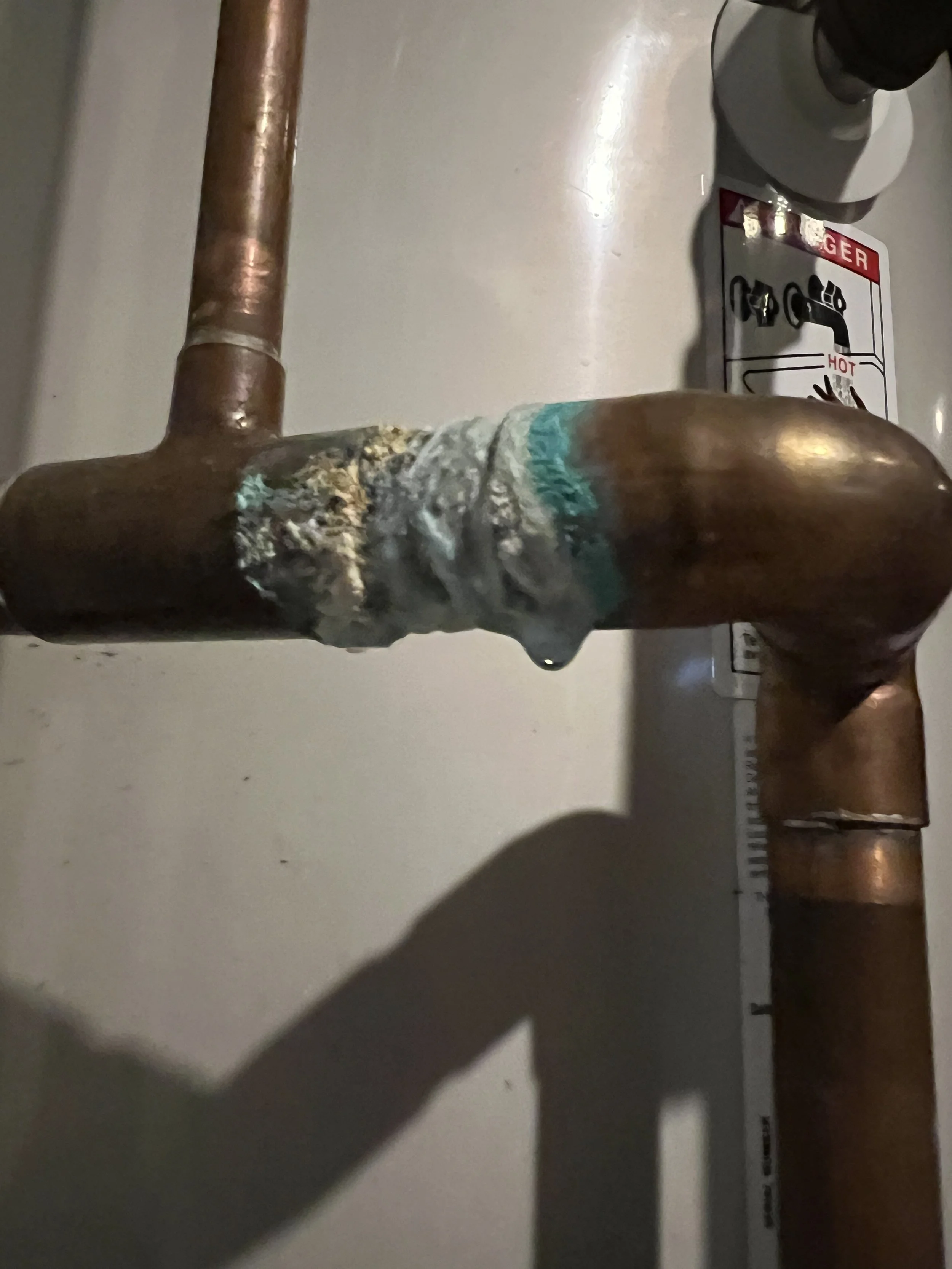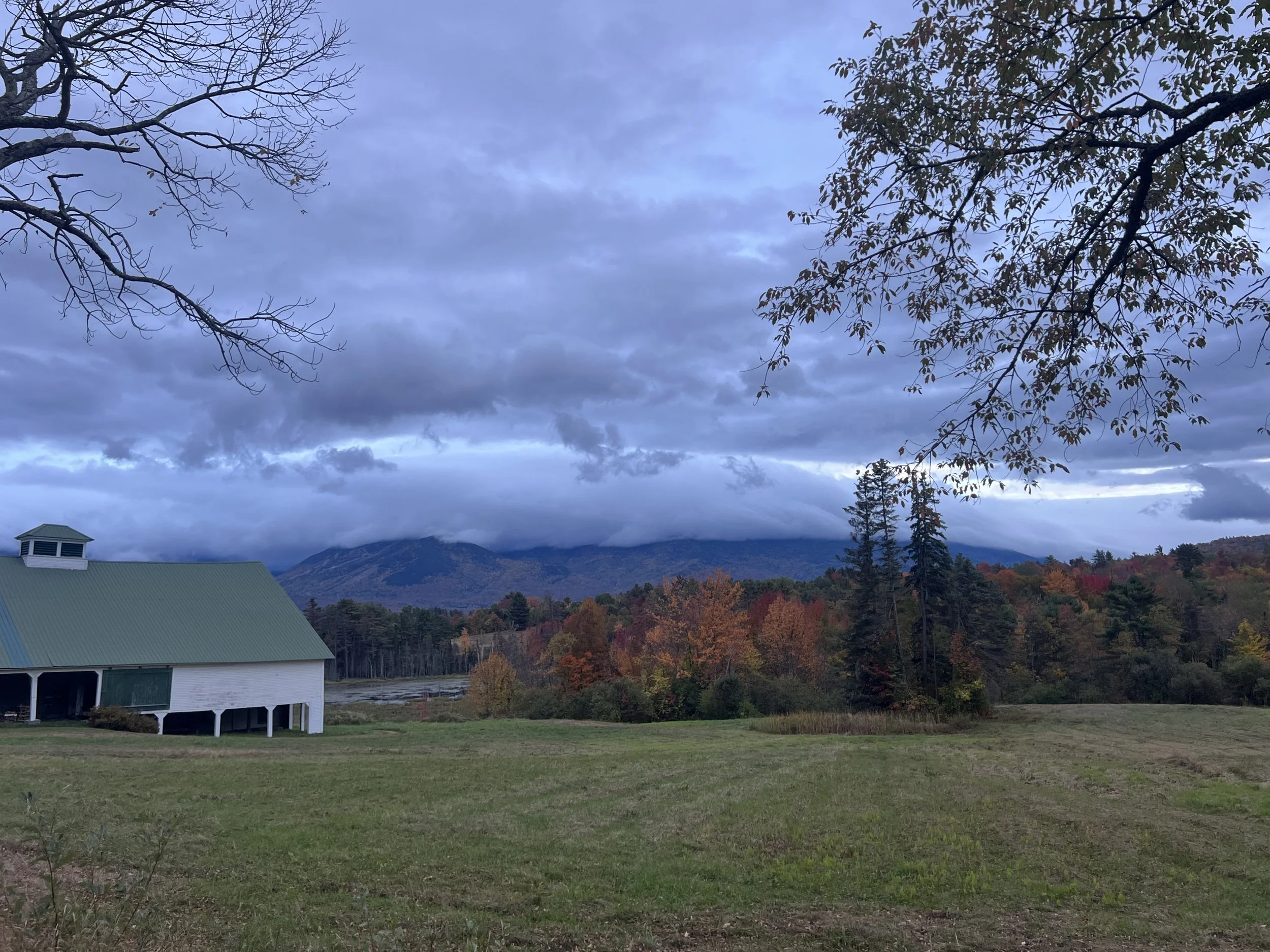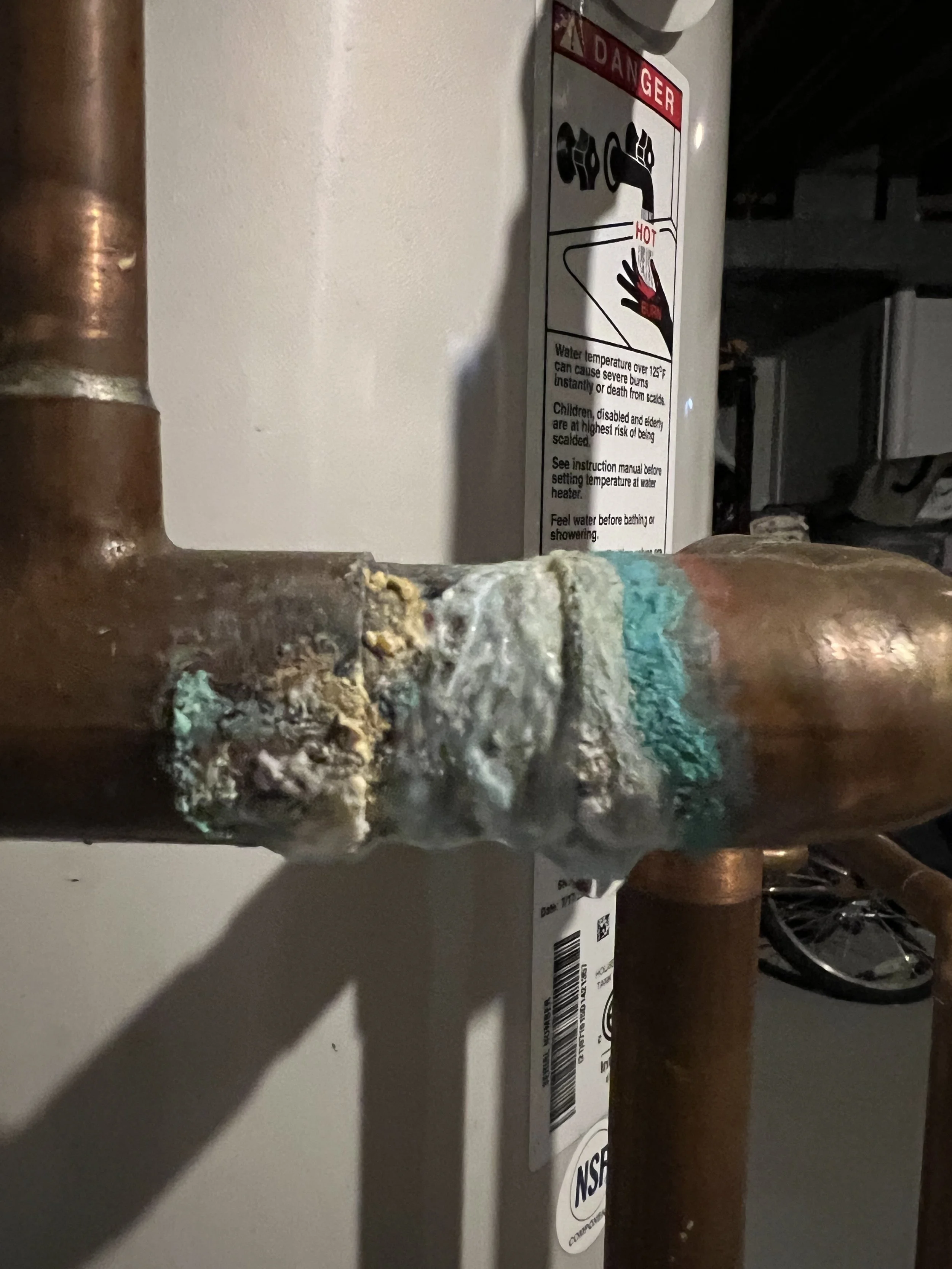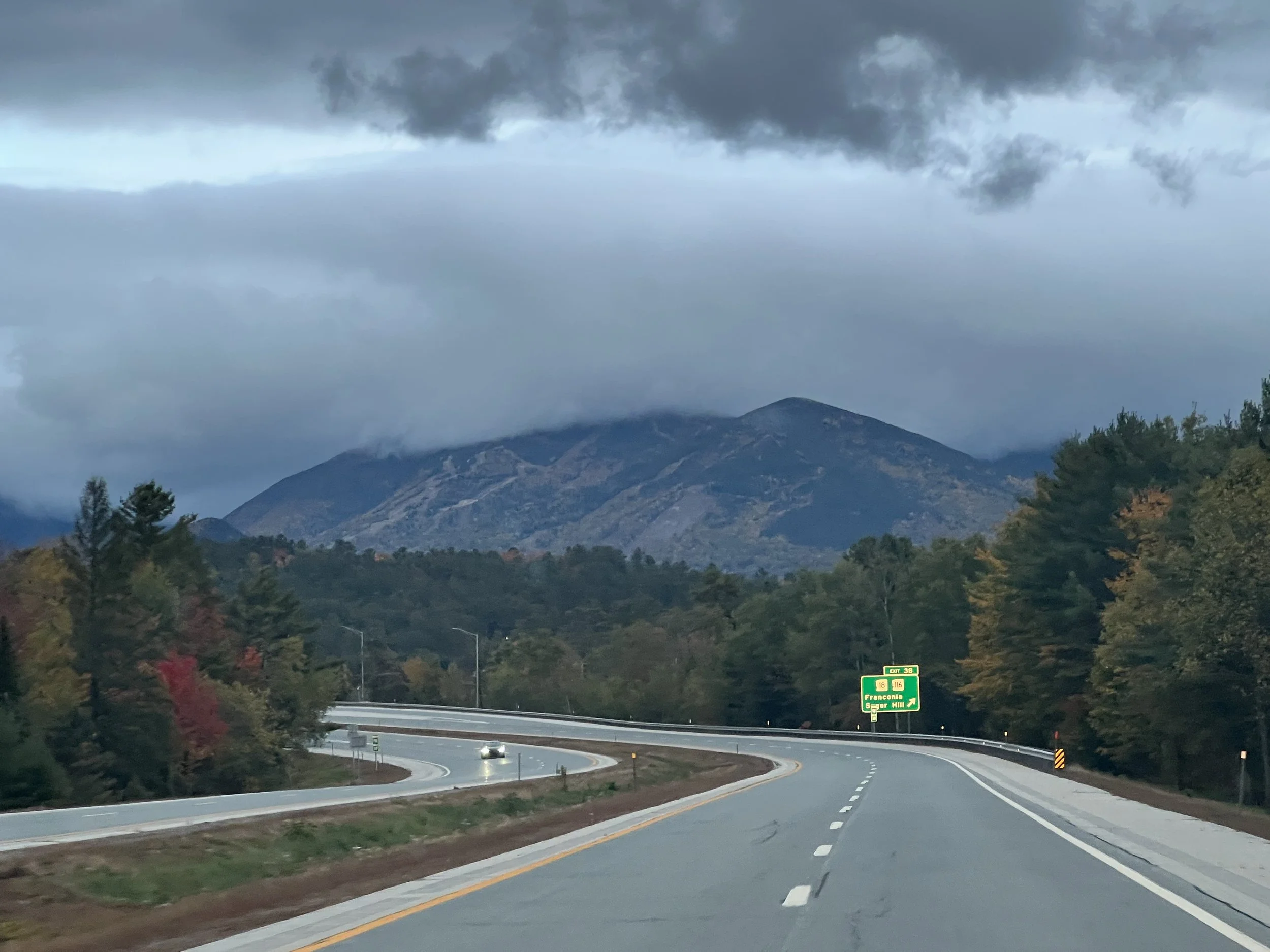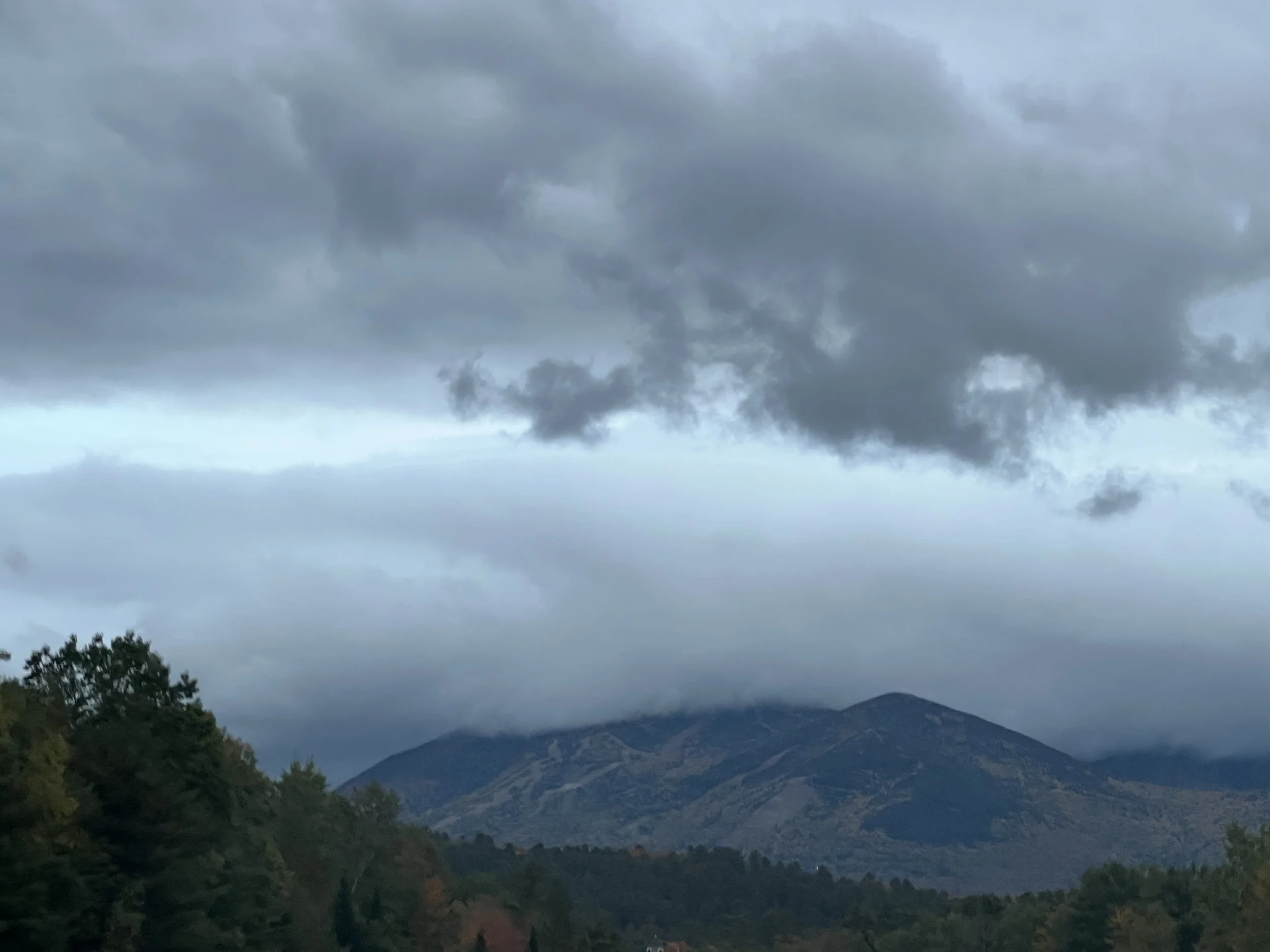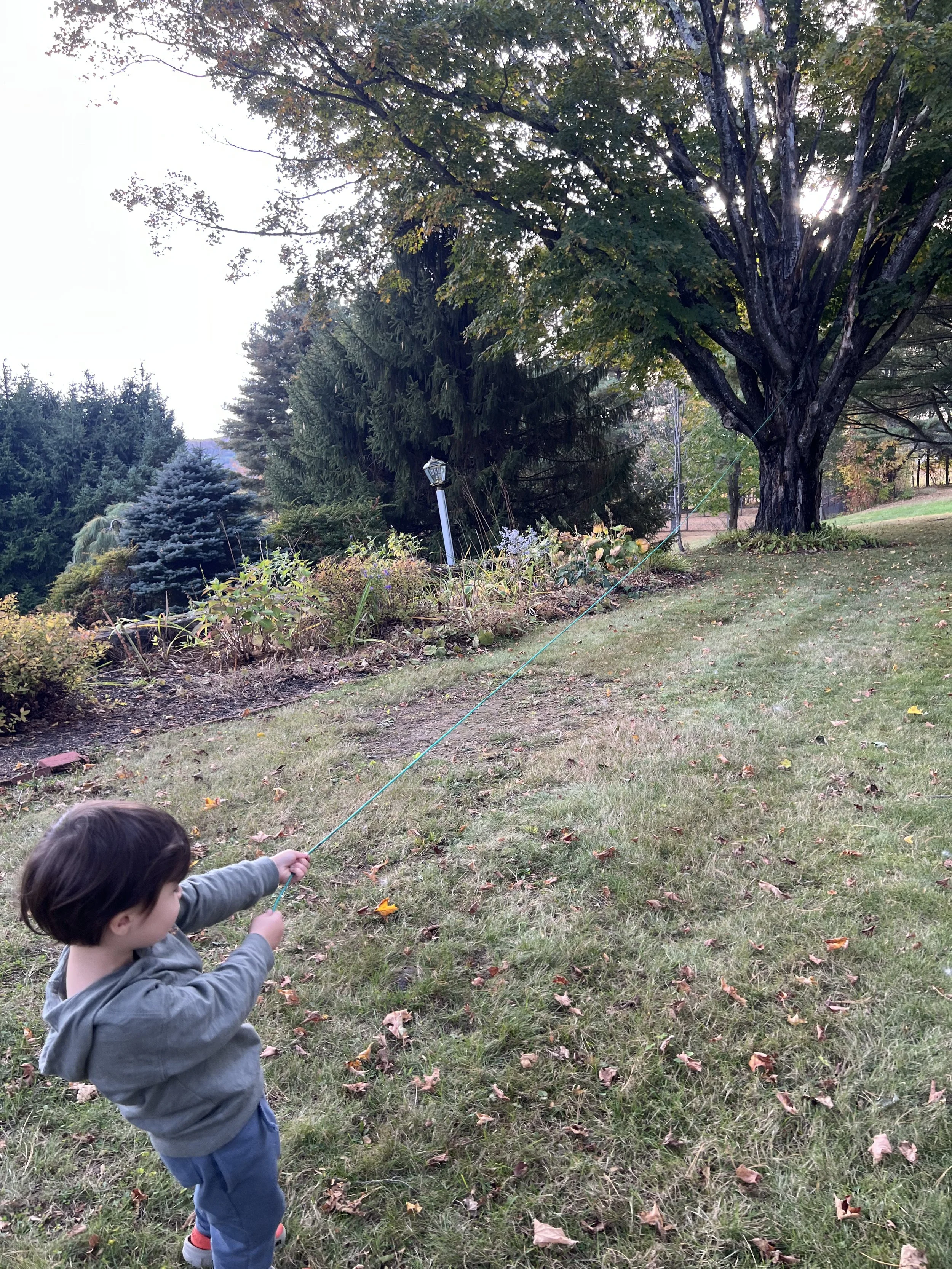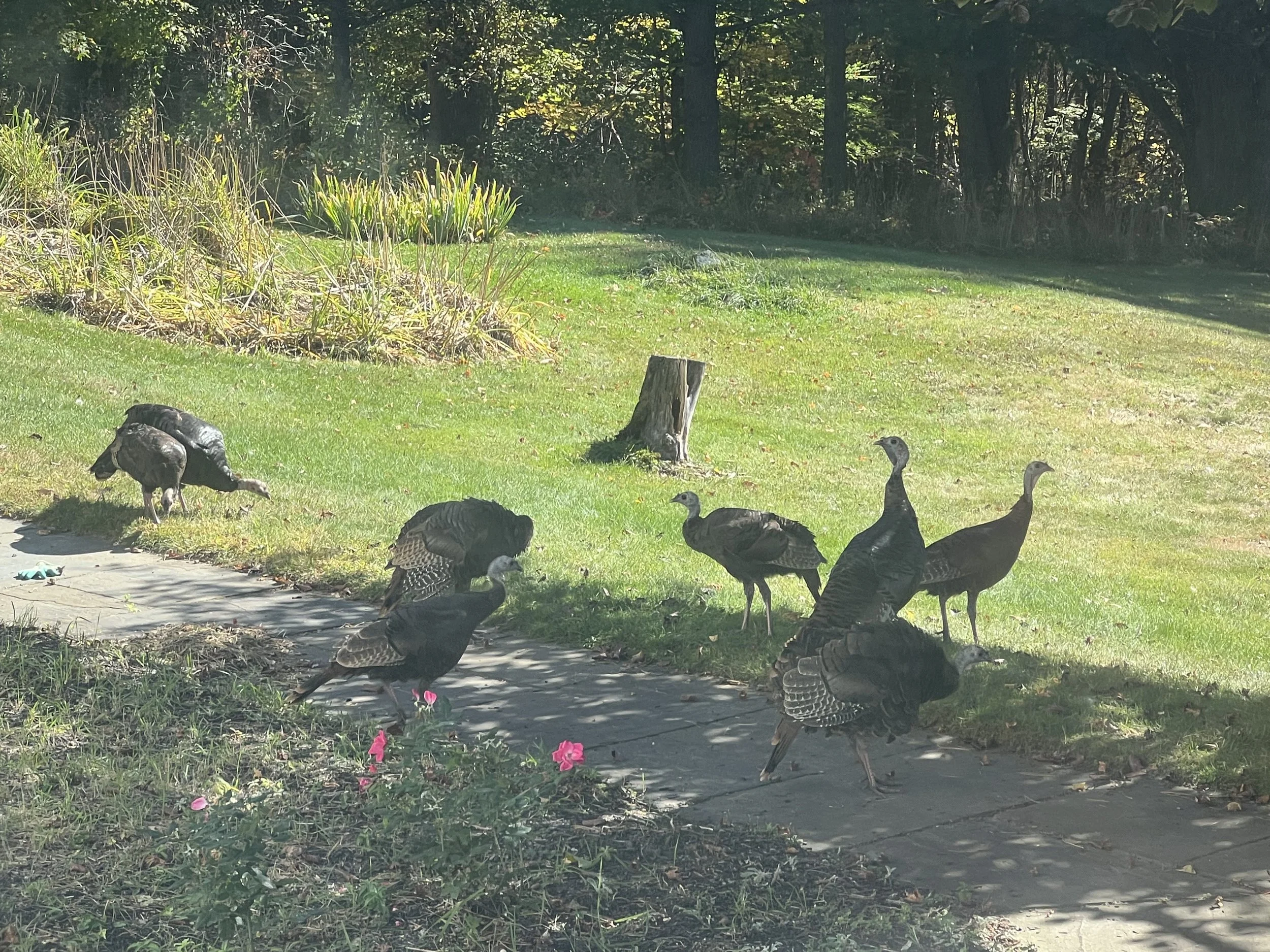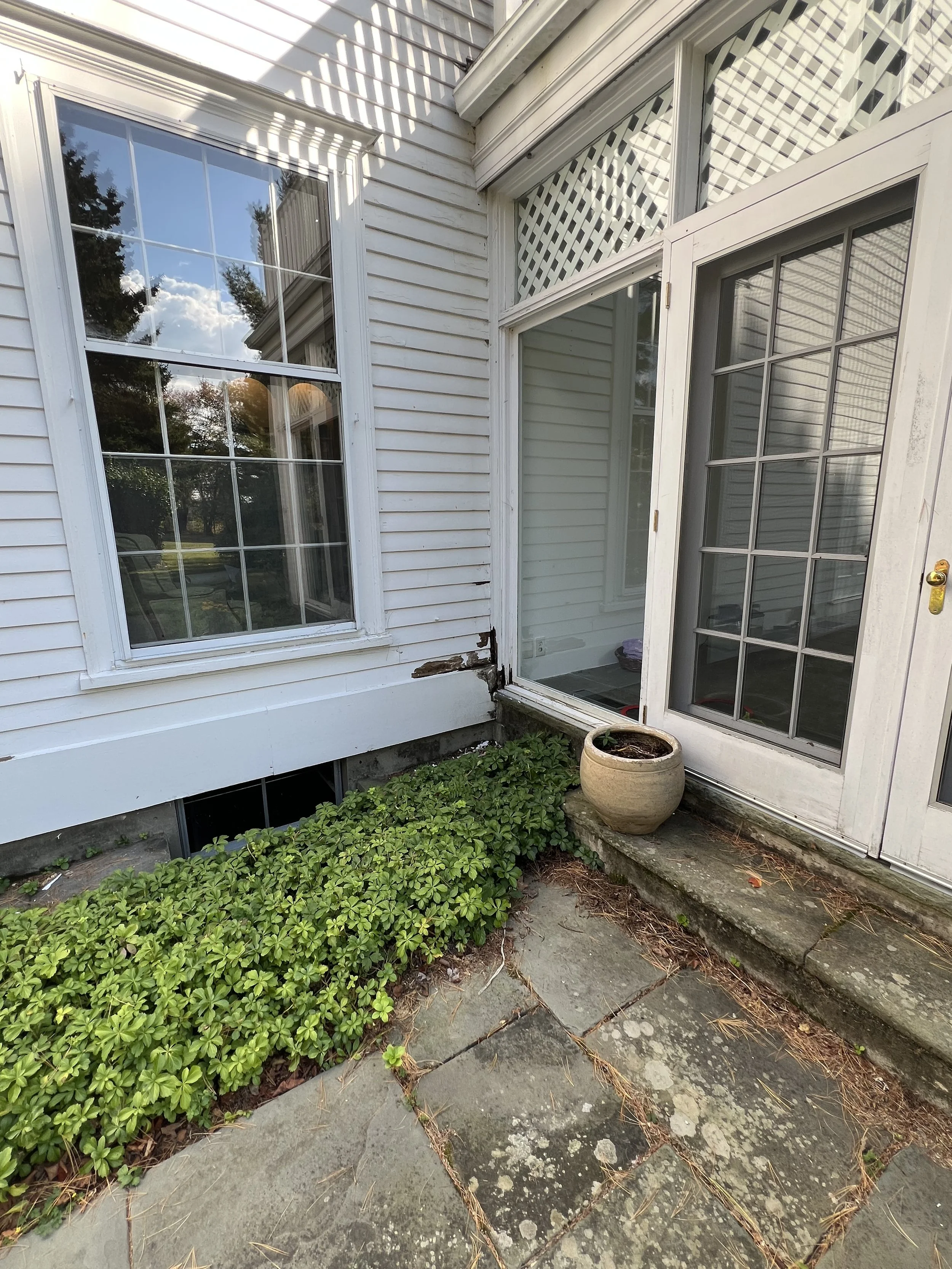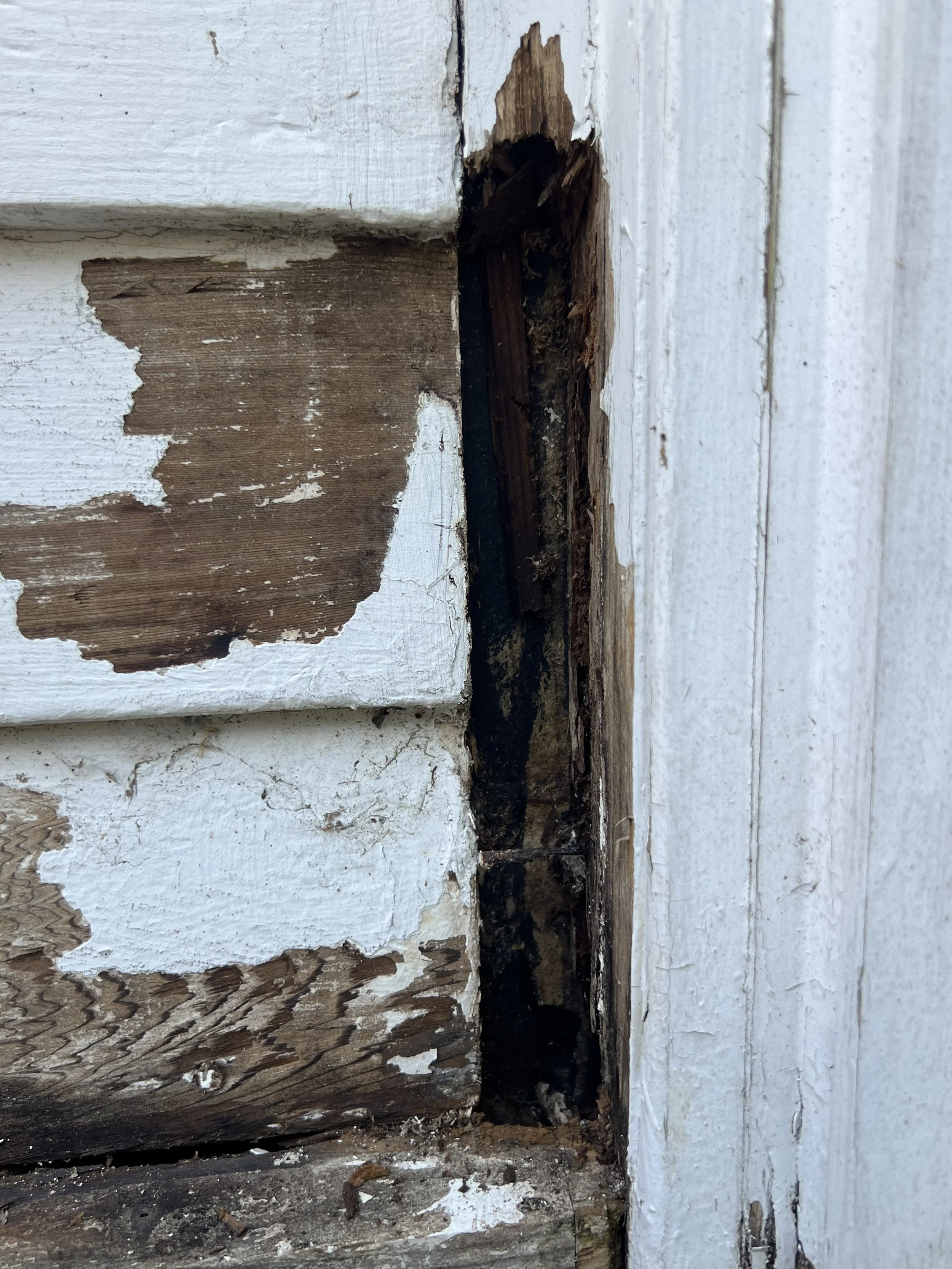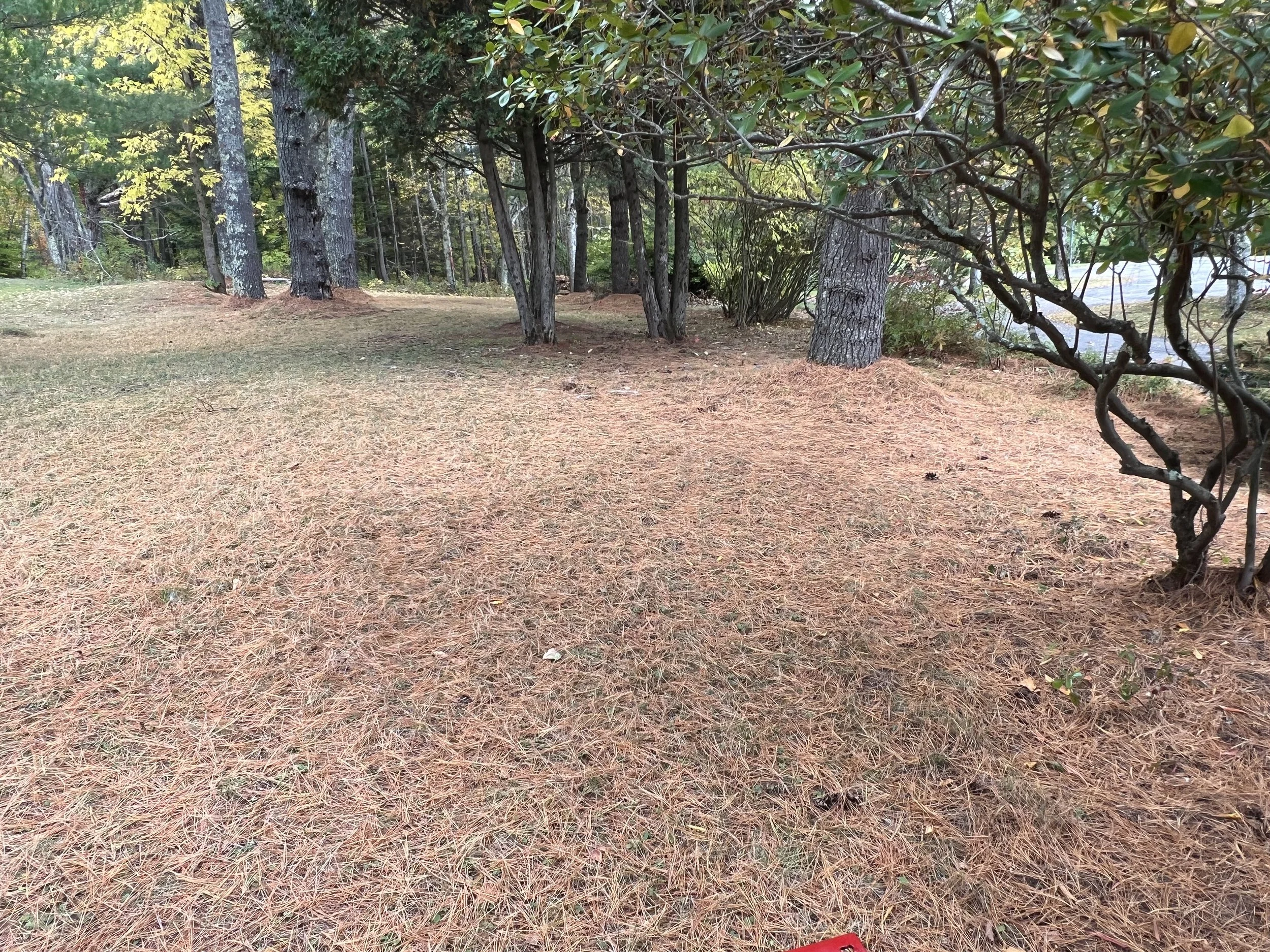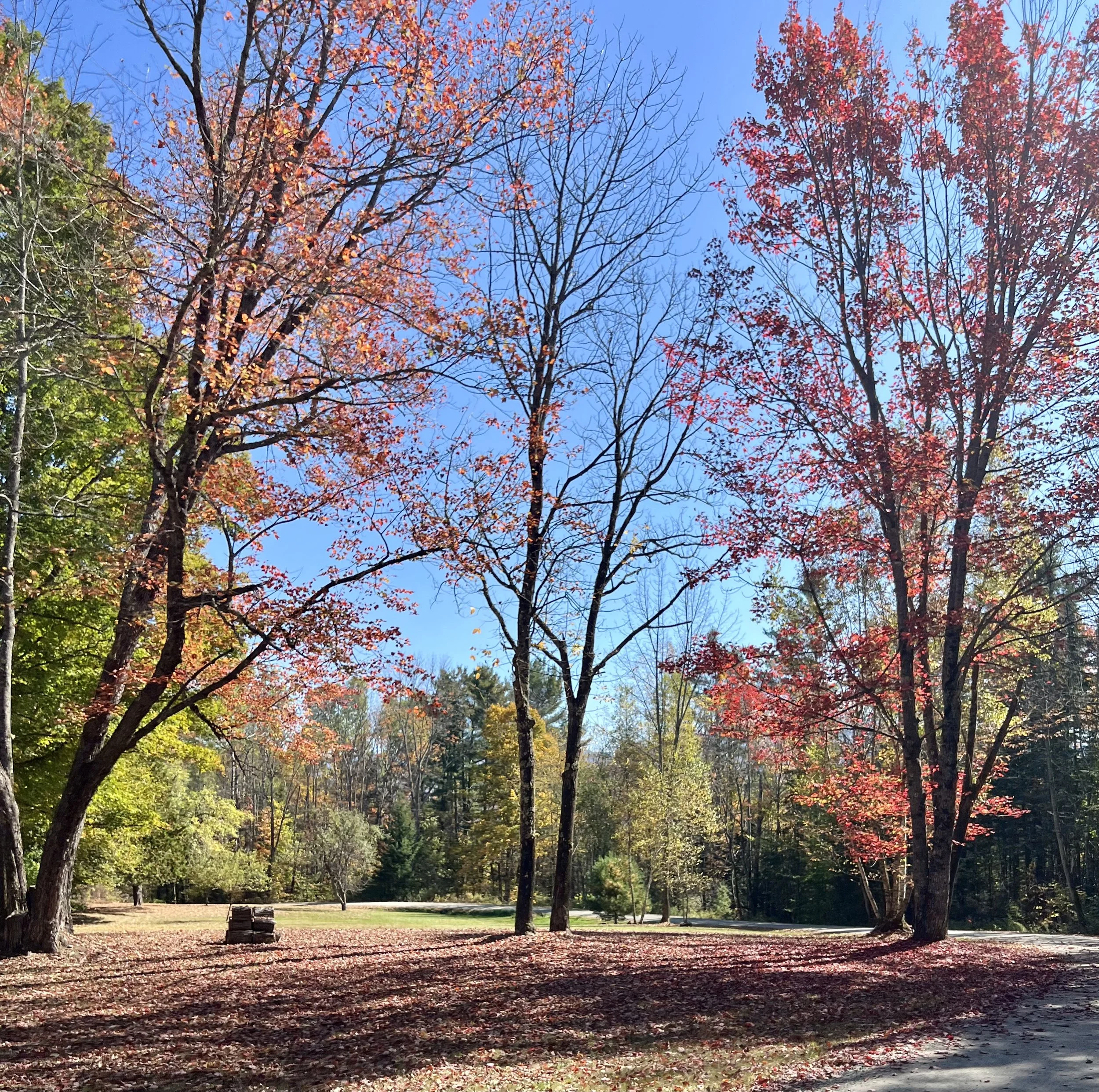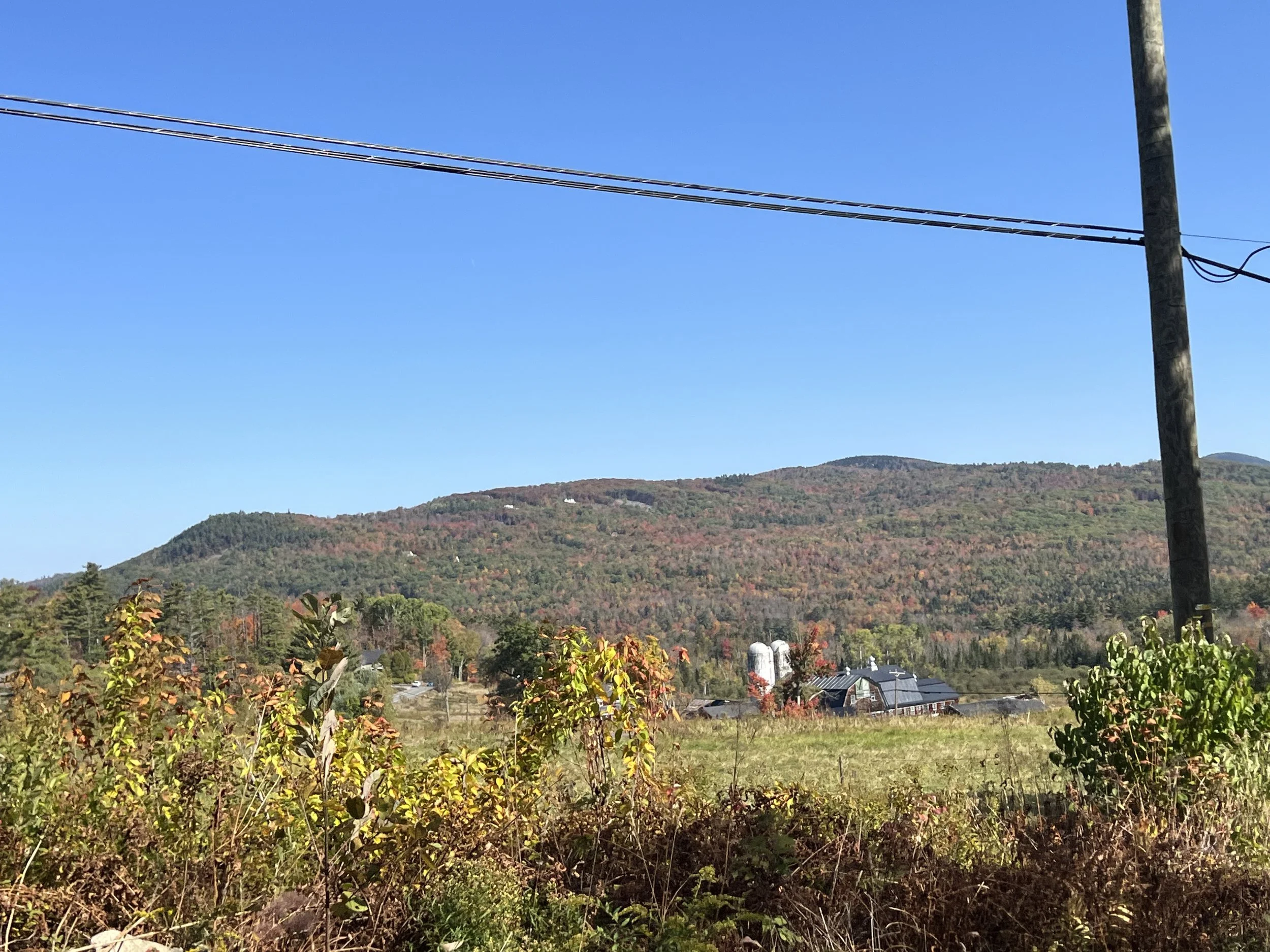Wood Rot and Water (Not Connected)
If summer at Grandview was about expansion - long days, open windows, projects sprawling into every corner - fall has turned the tide. The mornings have teeth now, the sweaters are back in rotation, and the projects feel a little more urgent because winter is waiting just over the ridge.
Lately that urgency has meant two things: digging out rot on the sunroom and chasing a leak in the basement.
The rot came first. It’s not a surprise - we knew about it when we moved in. The exterior of the house is in great shape, overall. But there are a few areas - the sunroom especially - where water has been penetrating the siding for what looks like a long time. The overpowering smell of wood hardener inside the sunroom also tells me that this is an issue that has been dealt with (for better or worse) before. From the outside, it was just a few blistered layers of paint. From the inside, the wood had already lost its fight. I chipped and peeled layers of paint until I reached a soft corner, and when I pressed a scraper into it, the tool sank in like butter.
The only real way to deal with rot is to get aggressive. I set up on the stone patio with a hammer, some small scrapers, and oscillating multi-tool, and started carving the wall back to something solid. Chips and flakes rained down while I followed the damage deeper and deeper. It’s like dentistry for wood—cut until the decay stops. In some spots I went multiple inches in before I found fibers that would still resist a blade. Getting into structural territory, I’m afraid. This supports a roof with a deck on top, too, so not something to mess around with.
Once exposed, the process is equal parts repair and triage. Any sound wood gets treated with a consolidant, a kind of liquid epoxy that soaks in and hardens the fibers. For the cavities too large to fill with putty, I’ll be splicing in new sections of wood: primed, caulked, and tucked back into place so they shed water instead of collecting it. Only then can primer and paint go on, sealing the whole corner back under a protective skin. It’s slow, dirty work, but there’s satisfaction in seeing the outline of a corner re-emerge from what looked like compost. This is one of the worst sports, but this kind of rot exists on all sides of this room.
Inside, the enemy looked different but worked the same way. On the copper line feeding into one of our two hot water tanks, I had missed a crusty bloom of blue-green oxidation that ha clearly been building for weeks. As it turns out, corrosion like that doesn’t reverse course on its own. One evening I crouched down with a flashlight and there it was: a bead forming on the bottom edge of the joint. It hung there, grew fat, then fell. One drip, then another.
Fixing it means cutting out the entire section with a tubing cutter, cleaning the ends of the remaining pipe until they shine, and sweating in a new fitting with flux and solder. It’s a job that looks intimidating the first time you do it, but once you’ve lit the torch and watched solder wick into a joint by capillary action, it clicks. Copper only asks for two things: cleanliness and heat. Get those right, and the repair will last decades.
Both jobs are part of the same story. They’re reminders that this house - like any house - is in constant negotiation with the elements. Wood wants to return to earth. Metal wants to corrode. Water wants in. And the only thing standing in the way is human attention and intervention: scraping, sealing, soldering, repeating.
As we shift into fall, that’s the rhythm of life at Grandview. We’re closing the pool this Friday, we’re cutting and stacking firewood, and I’m slowly working my way around the edges—inside and out—trying to button the place up before the snow comes. Some days it feels like progress; other days it feels like chasing leaks in an old boat. But either way, it’s work worth doing. Because winter’s coming, whether we’re ready or not.

